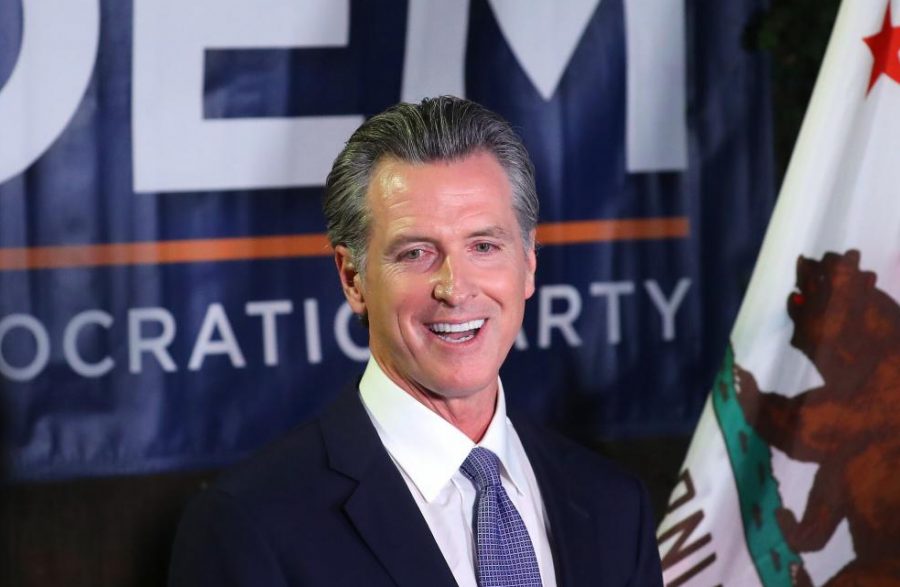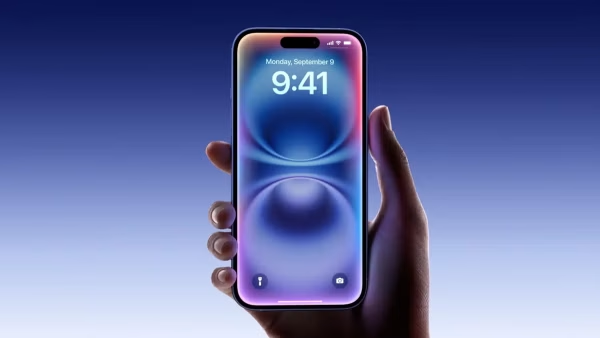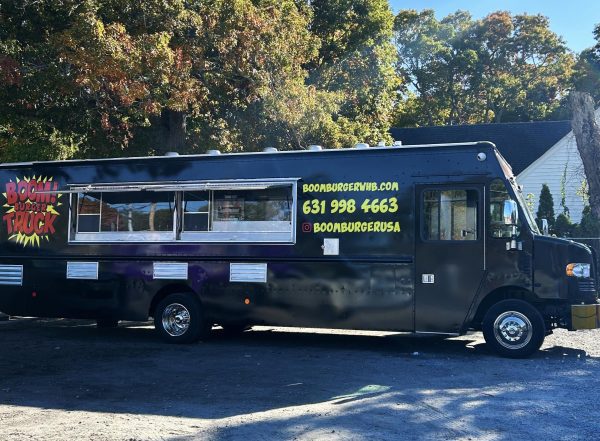Newsom Survives Recall Election
California Governor Gavin Newsom has emerged victorious in the 2021 California Gubernatorial Recall Election, retaining his position as governor till his term expires in 2023.
With about 85% of the vote in, 63.4% voted to retain Newsom, while 36.6% voted to remove him from office. This is a 1.5% improvement from the 2018 Gubernatorial Election when Newsom won the governorship with 61.9% of the vote.
The election was the fourth gubernatorial recall election in United States history. The previous recall took place in California in 2003, where incumbent Gray Davis was successfully recalled and replaced with Arnold Schwarzenegger.
Newsom, a Democrat, is now the second governor in US history to have survived a recall, with the first one being Republican Scott Walker of Wisconsin.
California is one of 19 states that allows for recall elections. To get on the ballot, a petition submitted to the California Secretary of State must have a certain number of signatures. The 2021 recall needed about 1.5 million signatures, representing around 12% of the votes cast in 2018’s governor race.
The recall petition against Newsom was started in February 2020. Initially, rising homelessness rates and illegal immigration were what was fueling the recall drive. But the Covid-19 Pandemic soon became a central issue of the campaign, specifically dissatisfaction with California’s strict pandemic restrictions.
The recall effort gained momentum in November after Newsom was photographed dining with a group of maskless people at The French Laundry in Yountville. This angered many as Newsom was essentially violating his own coronavirus measures. By the March 17th deadline, 2,117,730 signatures were submitted. The recall was then confirmed by California Secretary of State Shirley Weber on July 1st.
The recall ballot featured two questions. The first question was a yes or no question asking if Newsom should be recalled from the governorship. A majority of the votes was needed for a successful recall. If this occurred, question two would determine who the next governor would be. For this question, whoever gets the most votes wins, even if it is only a small plurality.
The replacement question featured 46 candidates, mostly Republicans. Notable names included former San Diego mayor Kevin Faulconer, businessman and 2018 gubernatorial candidate John Cox, State Assemblyman Kevin Kiley, and conservative talk radio host Larry Elder.
Leading up to the election, Elder became the front-runner among the replacement candidates. Elder’s campaign rallied against liberal positions on issues including abortion and the minimum wage. He also pledged to replace aging Senator Dianne Feinstein with a Republican if she was to step down and create “an earthquake in Washington D.C.,” as this would give Republicans control of the Senate due to the current 50-50 split.
On the second question, which was invalidated since Newsom wasn’t recalled, Elder led the pack with 47.4% of the vote. He was followed by Democrat Kevin Paffrath at 9.9% and Faulconer at 8.5%.
Newsom is eligible to run for a second term in 2022. He has not announced a reelection campaign but has expressed interest in running.

Dan, a senior at WHBHS, has lived in East Quogue for all of his life. Since he started playing drums at age nine and keyboards at age twelve, Dan has been...







